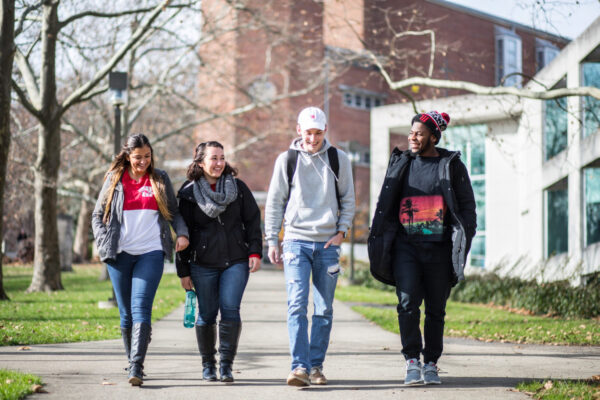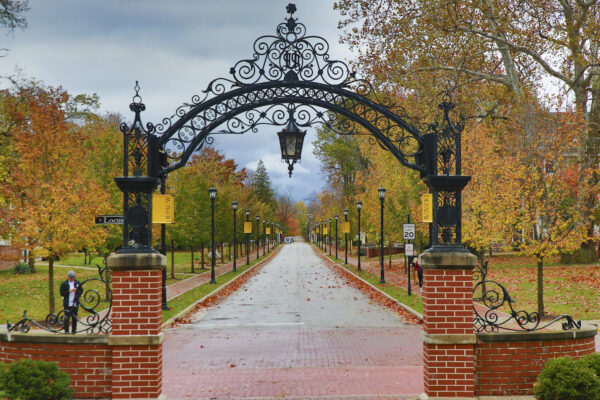Data Suggest a Possible Increase in Student Loan Delinquencies Once Forbearance Ends
Title: Student Loan Repayment During the Pandemic Forbearance
Authors: Jacob Goss, Daniel Mangrum, and Joelle Scally
Source: Liberty Street Economics – Federal Reserve Bank of New York
The COVID-19 pandemic created financial uncertainty for many student borrowers. The Biden administration has postponed the repayment of federal loans multiple times throughout the pandemic for a subsection of borrowers, most recently through Aug. 31.
A new report from the Federal Reserve Bank of New York highlights the challenges faced in loan repayment during this time for loans owned by commercial banks, as these loans were not subject to the repayment moratorium. Their analysis revealed that Direct Loan borrowers took advantage of the payment pause, while those who held private loans faced difficulty in meeting payments. Overall, their analysis suggests that there may be a rise in delinquencies on student loan repayments for Direct Loan borrowers once payments fully resume.
Using data from the New York Fed Consumer Credit Panel, a sample was created to sort loans into three categories: federal Direct Loans; Family Federal Education Loans (FFEL); and private loans. Private loans and FFEL loans not held by the federal government were not covered by forbearance during the pandemic.
The authors found the following points of note:
- Direct Loan borrowers have lower credit scores, higher debt balances, and hold over 85 percent of outstanding student debt balances in the United States. This may lead to additional challenges and consequences once payments resume.
- Loan forbearance was of assistance to Direct Loan borrowers during the pandemic, but FFEL borrowers did not see the same level of reprieve as those with Direct Loans.
- A majority of Direct Loan holders did not make any payments during the pandemic forbearance periods.
- For FFEL borrowers, the pandemic experience was mixed. Some struggled with making payments, while others took a more aggressive approach to paying balances.
- Private loan borrowers accelerated their paydown during the pandemic.
The authors predict that Direct Loan holders may have difficulty in repaying their loans once forbearance ends, given the experience during the pandemic of FFEL borrowers. They also cite suggestions for policymakers to consider to ease the burden on borrowers, including temporary non-reporting of missed payments to credit bureaus and overall student loan cancellation.
To read the full report, please click here.
—Ben Cecil
If you have any questions or comments about this blog post, please contact us.


